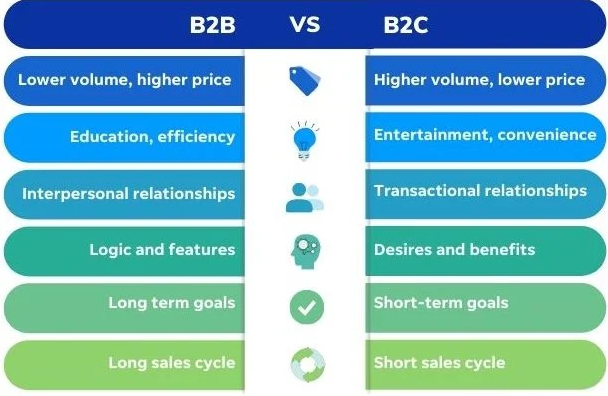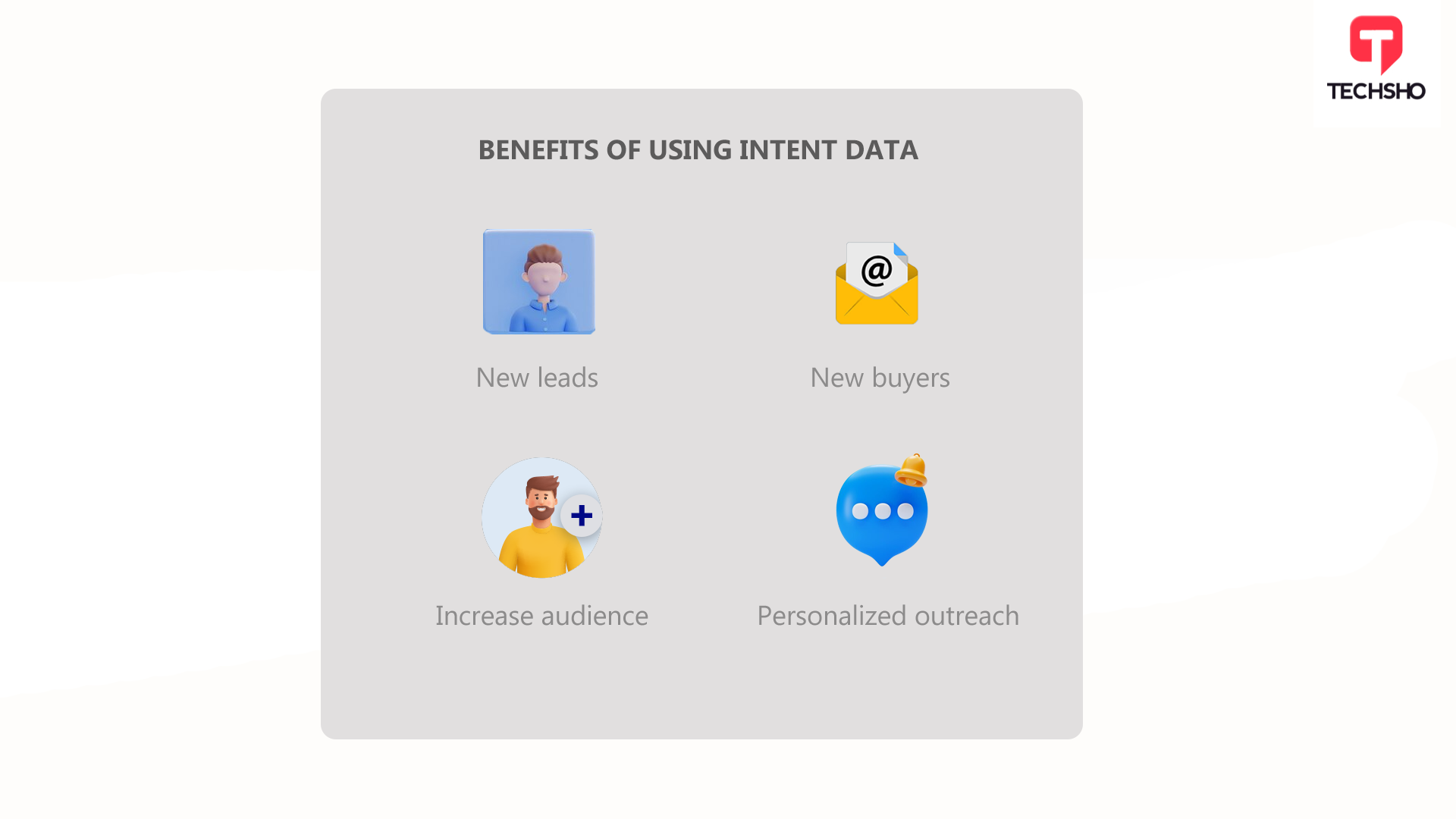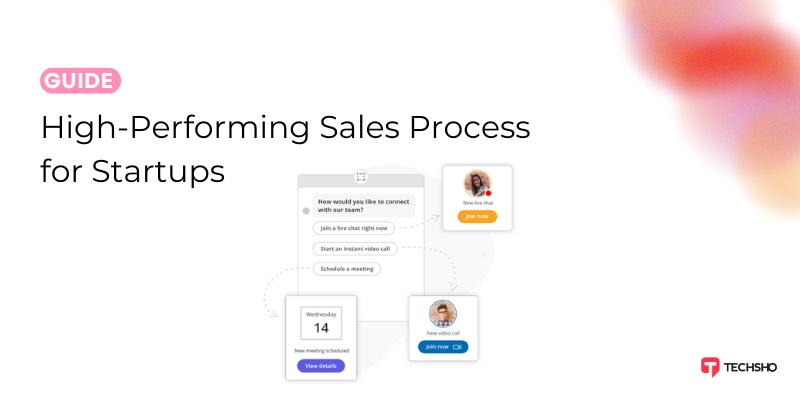Key differences between B2B vs B2C outreach tactics

Table of Contents
- Introduction to Business Models
- Outreach Strategies
- Getting Customers – The Funnel
- Marketing Magic Tricks
- Keeping Customers Happy
- Conclusion
- FAQs
Introduction to Business Models
We’ll start by explaining the different types of business verticals. B2B means business-to-business, B2C means business-to-consumer, and SaaS means software as a service. We’ll explore what makes each of these companies special and what they do.
What is B2B?
B2B companies sell stuff to other businesses. They are like the wholesalers of the business world.
What is B2C?
B2C companies sell things directly to people like you and me.
What are SaaS Companies?
SaaS companies let us use their software over the internet instead of buying it in a box.
Outreach Strategies
Reaching new customers is like making new friends. Companies use cool ways to find people who might be interested in what they sell. Let’s compare what are the best outreach strategies for B2B companies vs B2B companies.
Target Audience:
- B2B: Targets other businesses or organizations as customers. These could be small, medium, or large enterprises.
- B2C: Targets individual consumers as customers. These are the end-users who purchase products or services for personal use.
Decision-making process:
- B2B: Typically involves a longer and more complex decision-making process. Multiple stakeholders might be involved, and decisions are often based on factors like ROI, efficiency, and long-term business goals.
- B2C: Decision-making tends to be quicker and more emotionally driven. Consumers often make purchases based on factors like price, convenience, brand loyalty, and emotional appeal.
Sales Cycle
- B2B: The sales cycle in B2B can be longer due to the need for relationship-building, multiple touchpoints, and negotiations. It often involves building trust and demonstrating the value of the product or service over time.
- B2C: The sales cycle tends to be shorter as consumers make more impulsive buying decisions. Marketing efforts often focus on creating immediate interest and prompting quick purchases.
Personalization:
- B2B: Personalization in B2B outbound involves understanding the specific needs and pain points of each business customer. Tailored solutions and customized pitches are common to address these needs effectively.
- B2C: Personalization in B2C focuses on understanding individual consumer preferences and behaviors. This could include targeted advertising, product recommendations, and personalized communication based on past interactions.
Communication Channels:
- B2B: Outbound strategies in B2B often rely on direct outreach through channels like email, phone calls, networking events, and targeted advertising on professional platforms like LinkedIn.
- B2C: B2C outbound strategies utilize a broader range of channels including social media, TV/radio commercials, print ads, influencer marketing, and email marketing to reach a larger consumer audience.
Content and Messaging:
- B2B: Content and messaging in B2B outbound efforts are typically more informational and educational. They focus on demonstrating expertise, solving business challenges, and showcasing the value proposition of the product or service.
- B2C: Content and messaging in B2C outbound strategies are often more emotional and lifestyle-oriented. They aim to evoke feelings, create desire, and highlight how the product or service can enhance the consumer’s life or solve a problem they’re facing.
The aim in 2024 for outreach is to know and understand the customer so well the product or service fits him and sells itself. Outbound that works like inbound.
Ureed Akbar – Managing Director at Techsho
Getting Customers – The Funnel
Now, how businesses turn interested people into happy customers? Let’s talk about sales funnel. Imagine it like a big slide that helps guide people along the journey of deciding to buy something.

What is a Sales Funnel?
A sales funnel is a special tool that companies use to understand the steps a person goes through before they decide to buy something. It’s like a map that shows the path from first hearing about a product to making a purchase. This tool helps businesses figure out how to best help people along this journey.
Stages of a Sales Funnel
Let’s break down the different stages of the sales funnel:
1. Awareness: This is the very top of the funnel where people first learn about a product or service. It’s like when you see a new toy in a store window.
2. Interest: In this stage, people start to get curious and want to learn more about the product. They might read reviews or watch videos about it, just like when you ask your friends about a cool game they’re playing.
3. Decision: Here, the person is ready to make a decision about whether or not to buy. They might compare prices, features, and benefits to see if it’s the right fit for them, similar to when you choose between different ice cream flavors.
4. Action: This is the final stage where the person makes the purchase. They slide down the funnel and become a customer.
By understanding how the sales funnel works, you will be able to create strategies to guide people smoothly through each stage, making sure they feel happy and satisfied with their purchase – and more revenue to your business!
Marketing Magic Tricks
Companies use psychological tricks to catch your attention and make you want to buy what they’re selling. Have you ever seen an eye-catching ad when scrolling your favorite social media that made you want to try a new product? That’s marketing magic at work!
Why Marketing is Important
Marketing is crucial for both B2B (business-to-business) and B2C (business-to-consumer) companies. It helps in acquiring customers, building brand awareness, fostering relationships, generating leads, driving revenue growth, understanding markets, and gaining a competitive advantage. Effective marketing strategies tailor messages to target audiences, ultimately contributing to business success in any market environment.
Keeping Customers Happy
Both B2B and B2C businesses can keep their customers happy through various strategies tailored to their specific needs and preferences.
For B2B businesses:
- Excellent Customer Service: Provide personalized and responsive customer support to address inquiries, resolve issues promptly, and maintain strong relationships with clients.
- Customized Solutions: Understand the unique requirements of each business customer and offer tailored solutions that meet their specific needs and challenges.
- Consistent Communication: Maintain open lines of communication through regular updates, progress reports, and proactive outreach to ensure clients feel valued and informed.
- Value-added Services: Offer additional services, such as training, consulting, or ongoing support, to enhance the overall value proposition and strengthen customer loyalty.
- Long-term Partnerships: Focus on building long-term partnerships rather than one-off transactions by consistently delivering high-quality products, services, and support.
For B2C businesses:
- Seamless User Experience: Create user-friendly interfaces, intuitive navigation, and hassle-free purchasing processes to make it easy for customers to find, select, and buy products or services.
- Personalized Recommendations: Utilize customer data and insights to provide personalized product recommendations, offers, and promotions that resonate with individual preferences and purchasing behaviors.
- Engaging Content: Produce engaging and relevant content, such as blog posts, videos, or social media updates, to educate, entertain, and connect with customers on a deeper level.
- Reward Loyalty: Implement loyalty programs, discounts, and incentives to reward repeat purchases and encourage customer retention.
- Genuine Feedback: Actively seek and listen to customer feedback, reviews, and suggestions to continuously improve products, services, and overall customer experience.

Conclusion
Today, we explored the fascinating world of business models and marketing strategies used by companies to reach customers. From B2B companies that sell to other businesses to B2C companies that sell directly to individuals, each type of business has its unique way of connecting with customers. SaaS companies provide software services over the internet, making our lives easier and more efficient.
Wrapping Up Outreach Strategies
Learning the outreach differences between B2B and B2C showed us how companies use the internet, social media, and creative campaigns to capture our attention and make us interested in their products. By understanding customer behavior and preferences, businesses can tailor their outreach efforts to attract new customers effectively.
Final Thoughts on Customer Acquisition
Exploring the sales funnel gave us insights into the journey customers take from discovering a product to making a purchase. By guiding customers through each stage of the funnel, businesses can optimize their customer acquisition process and increase sales. Keeping customers happy through excellent customer service and listening to their feedback is crucial for building long-lasting relationships.
In conclusion, we learned how companies sell to businesses and individuals, the innovative ways they promote their products, and the strategies they use to acquire and retain customers. Understanding these fundamental concepts can help us appreciate the efforts and creativity behind successful business ventures. Keep exploring the exciting world of business and marketing to discover more magic tricks companies use to engage with us!

FAQs
What is the difference between B2B and B2C?
B2B companies sell to other companies, and B2C companies sell directly to people like us. Imagine a B2B company as a store that sells products in bulk to other stores, while a B2C company is like your favorite toy store that sells toys directly to you!
What does SaaS mean?
SaaS stands for software as a service, which means instead of buying software in a box, we can use it over the internet. It’s like borrowing a game from a friend instead of buying it from a store!
Why is the sales funnel shaped like a slide?
The sales funnel is shaped like a slide because it shows how many people might learn about a product, but only a few will end up buying it. Just like how a slide gets narrower at the bottom, the sales funnel helps businesses understand the journey a person takes from discovering a product to making a purchase decision.
How can I create an outbound strategy to get more qualified meetings?
Crafting an effective outbound strategy requires careful planning and execution. Here are steps you can take to increase qualified meetings while leveraging Techsho’s outsourced outbound sales solution:
Define Your Ideal Customer Profile (ICP):
- Identify key characteristics of your ideal customers, such as industry, company size, and pain points that you can address.
Research and Segment Your Target Audience:
- Segment your target audience based on their needs and behaviors, prioritizing segments that align with your value proposition.
Craft Compelling Messaging:
- Develop personalized messaging highlighting how you can solve prospects’ specific challenges and deliver results.
Utilize Multichannel Outreach:
- Reach prospects through various channels like email, LinkedIn, and targeted advertising.
Offer Value in Every Interaction:
- Provide valuable insights, resources, or offers that demonstrate your business’ capabilities and entice prospects to engage further.
Establish Trust and Credibility:
- Showcase your track record of success, testimonials, and industry expertise to build trust with prospects.
Implement a Follow-up Strategy:
- Develop a systematic follow-up process to nurture leads and move them through the sales funnel. By the way, we at Techsho are experts in driving conversions.
Track and Measure Results:
- Set clear goals and KPIs to measure the effectiveness of your outbound strategy, using analytics to optimize performance over time.
Are you looking for high-performing SDRs to improve your lead quality and numbers of appointments booked monthly? Click here if would like to get on a call for good advices 🙂




